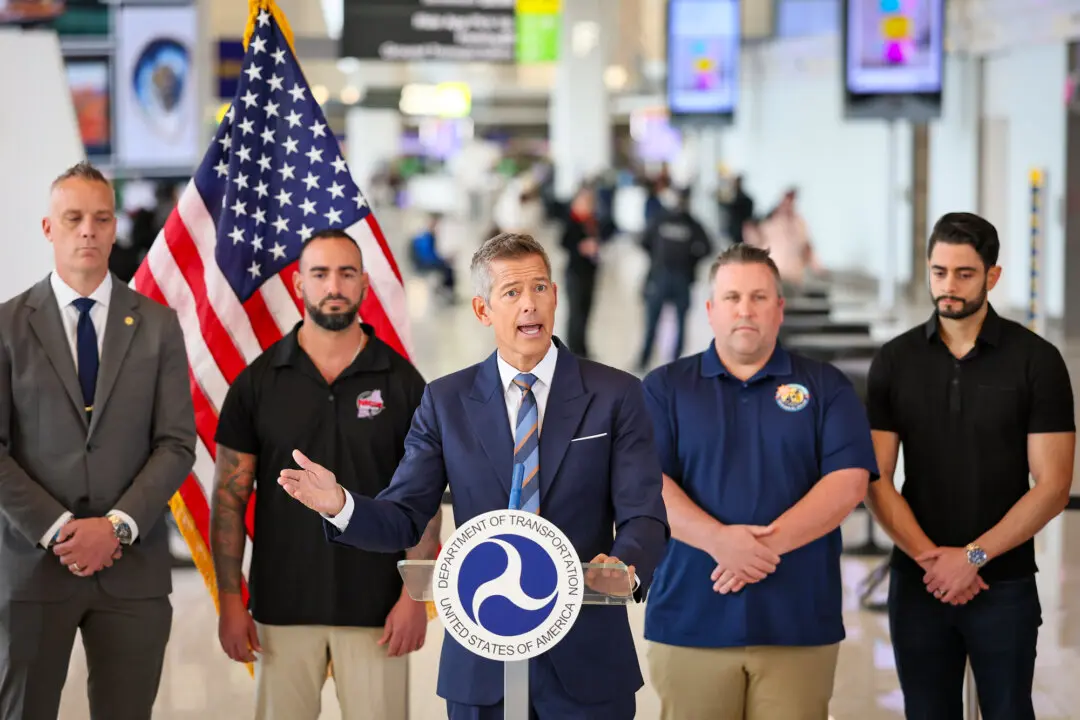Sen. Rand Paul (R-Ky.) recently released “The Festivus Report 2022” detailing what he considers the wasteful spending policies of the Biden administration, including large interest payments on debts, COVID-19 funds granted to ineligible individuals, maintaining empty federal buildings, and more.
“Last Festivus, we lamented over the national debt reaching an astronomical $28.4 trillion. Shockingly, in one short year, the career politicians and bureaucrats in Washington have managed to breeze right past $30 trillion without so much as a second thought,” Paul said in the report (pdf).





